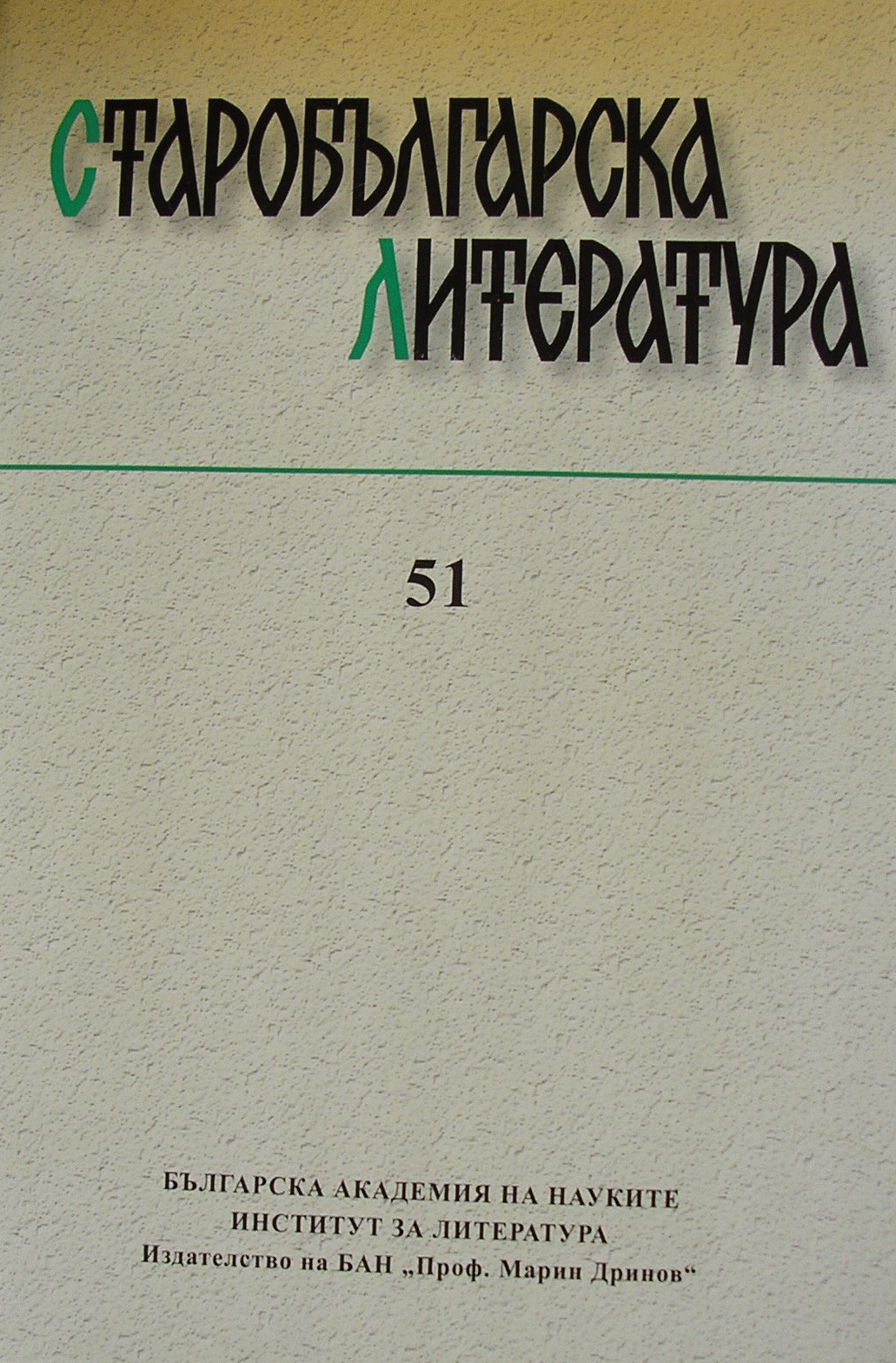
We kindly inform you that, as long as the subject affiliation of our 300.000+ articles is in progress, you might get unsufficient or no results on your third level or second level search. In this case, please broaden your search criteria.

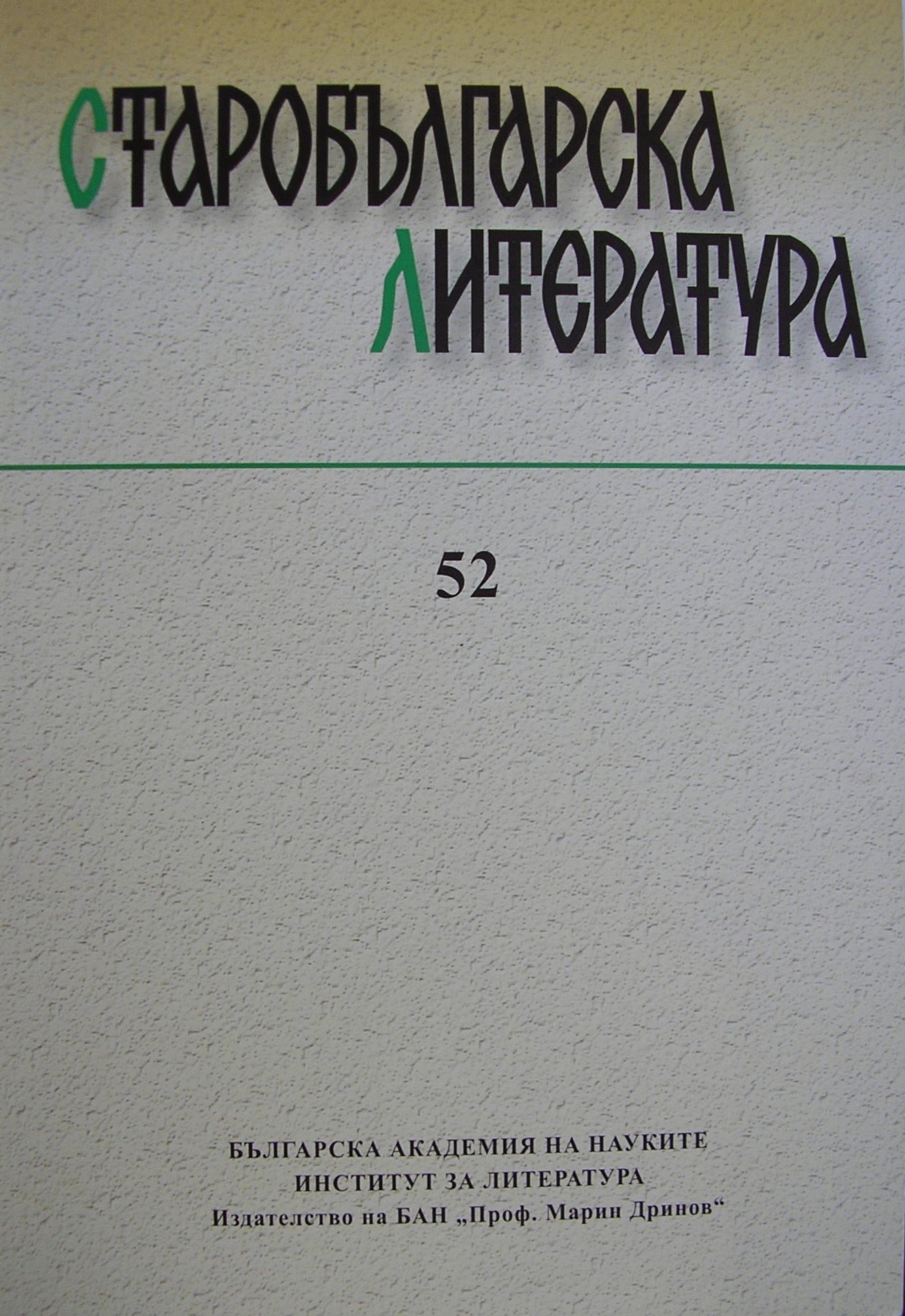
St. Mark the Ascetic (4th century) is one of the most famous Egyptian anchorites. His writings are often included in monastic collections in both the Byzantine and Slavic traditions. The Epistle to Nicholas is particularly popular because it explicates the rules for an ascetic life. The earliest Old Church Slavonic translation dates from the 10th century and is preserved in a miscellany from the Hilandar monastery No. 382 from the 13th–14th century. While part of the corresponding folia in the Hilendar codex has been lost, MSS 72 (14th c.) and 310 (16th c.) from the Library of the Rumanian Academy (Bucharest), which go back to the same group of manuscripts, allow us to reconstruct the archetype. The selective translation adapted from the Greek original illustrates well the work of the medieval Bulgarian bookman. In the 14th century, a new version of the same text was created in Bulgaria, as attested in MSS Hlud 237 and Vienna 42, which was the result of a new collation of the Old Bulgarian translation with the Greek text. The Slavonic tradition of this text is an example for the existence of multiple translations and versions of one and the same work in old Slavic florilegia.
More...
The atricle addresses the canons for the Bodiless Powers that appear in the Menaion for the feasts under November 8 (Synaxis of Archangel Michael and the Other Bodiless Powers), September 6 (The Miracle of Archangel Michael at Chonae), March 26 (Synaxis of the Archangel Gabriel), and July 13 (Synaxis of the Archangel Gabriel). We examine the Slavonic translations of these Greek works made in a Slavic milieu and the transmission of their manuscripts. Special attention is paid to the only two original Slavonic canons that are known to scholars to date: the anonymous Просвѣщьи древле ѹмꙑ and the canon by Constantine of Preslav, Припадаѭща мѧ боже приими щедротами си. The data for each individual work – its manuscript tradition, the extent of preservation and substitution of strophes from other canons work – allow us to draw conclusions about the time when the Greek canons were introduced into the Slavonic context and the way the original works were disseminated immediately after their composition work – a time from which we have no direct manuscript record.
More...


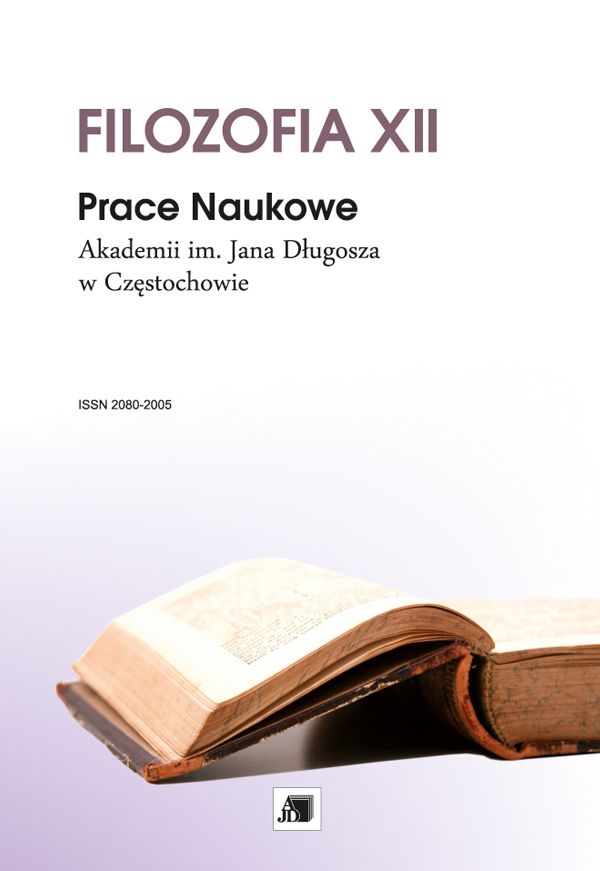
The problem of philosophy of the history of mankind is in no way a clear and obvious perspective of reality interpretation, but rather an approach based on a certain definite ontology. One of the main categories of Christian ontology is the history of salvation, which constitutes strong foundation for the existence of the world and man as beings created through historical dialogue with the Creator. One of the first who made an attempt to express the Christian version of historic philosophy was St Augustine, according to whom the fundamental point of tension in the sense of history is the relation between the world and Church with respect to God State; it could be even more clearly seen in the eschatic reference of God State to the world and Church in their mutual perichoretic antinomy.
More...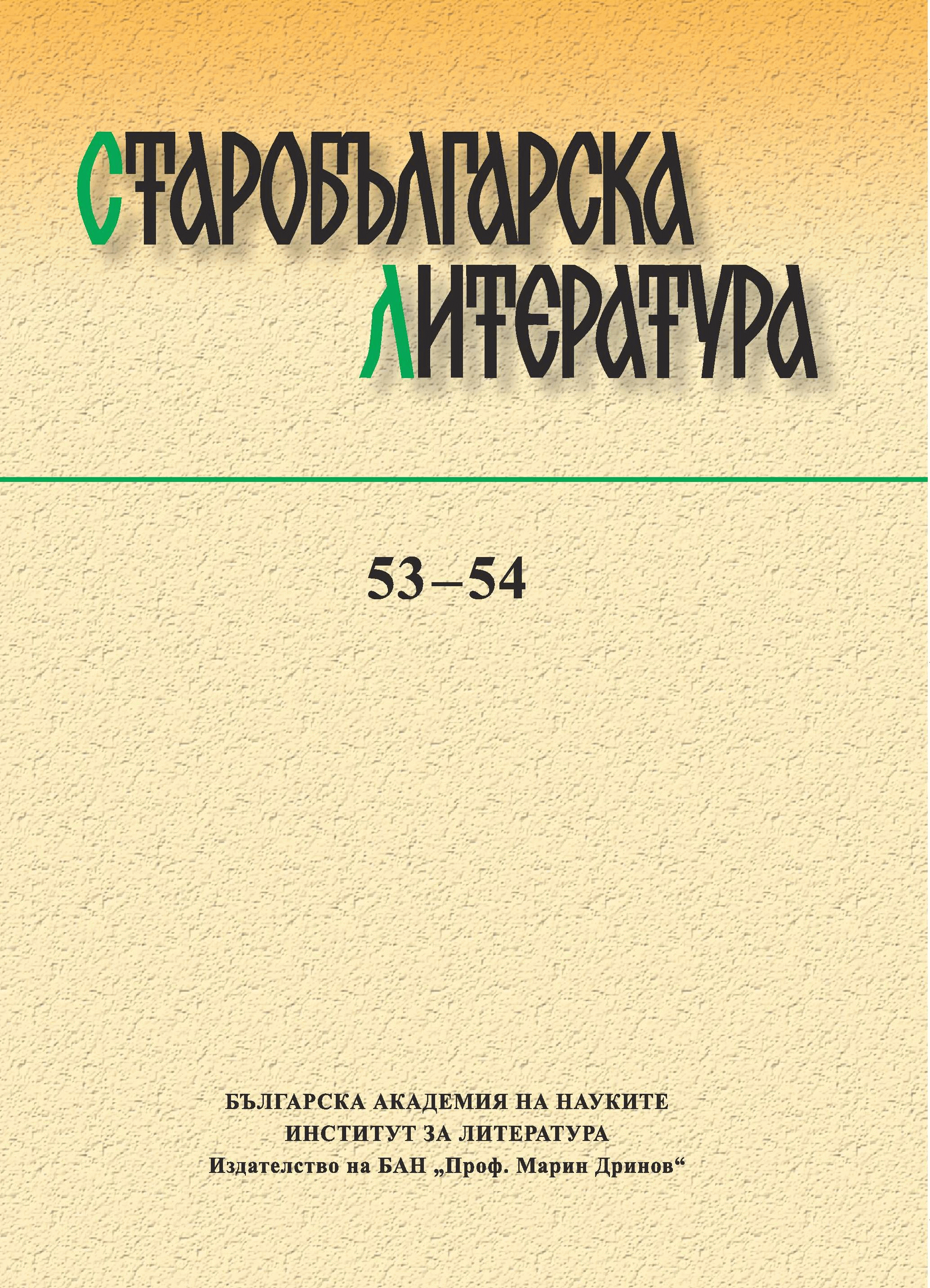
Ms. Sl. 156 (RA156) is an extensive Pentecostal Panegyric which includes texts from Holy Week through the Sunday of All Saints. The manuscript is incomplete, but its largest lacuna has been filled up from a miscellany of fragments in the collection of P. A. Shchukin, the State Historical Museum in Moscow. The fifth fragment of Shchuk 369 (Shchuk 369/V), located on Fol. 56r-68v according to the general foliation of the textual body, comprises folia that have been extracted from two different parts of a single jer manuscript. The first group of texts is related to Thomas Sunday (10 fol.), the second to Ascension (3 fol.). The manuscript dates from the 1320s-1330s. It has no jers and was written on Mt. Athos, then evidently transported to Romania by Paisii Velichkovski. This codex reveals a notable correlation between the orthography and the arrangement of the texts within each cycle of feasts, which sets it apart from other known South Slavic panegyrica and suggests that there could have been more than one protograph of the Pentecostal Panegyric.
More...
This paper proves that Jan Hus and Constantine Kostenečki—two refromers of the early 15th c. whose activities seem to be rather similar at first sight—had completely different approaches to the language question. Jan Hus was a pioneer in his fight to introduce the Czech language as a language of the Holy Scriptures, whereas Constantine Kostenečki strived to reform a written language with more than a five-century long history. Unlike Hus, who according to the extant sources hardly knew anything about Serbia, Constantine had enough information about the Hussite movement and the political situation in the Czech lands, since his sovereign, despot Stefan Lazarevič, was a vassal to the Hungarian King, Holy Roman Emperor Sigizmund, and took part in the anti-Hussite military campaign of 1421. And even though Constantine created the norms of Resava School which for centuries influenced the Orthodox written tradition while Hus’s ideas came to fruition only after his death, Constantine Kostenečki remained deeply rooted in the Middle Ages whereas Jan Hus came to be seen as a precursor of the Modern Age.
More...

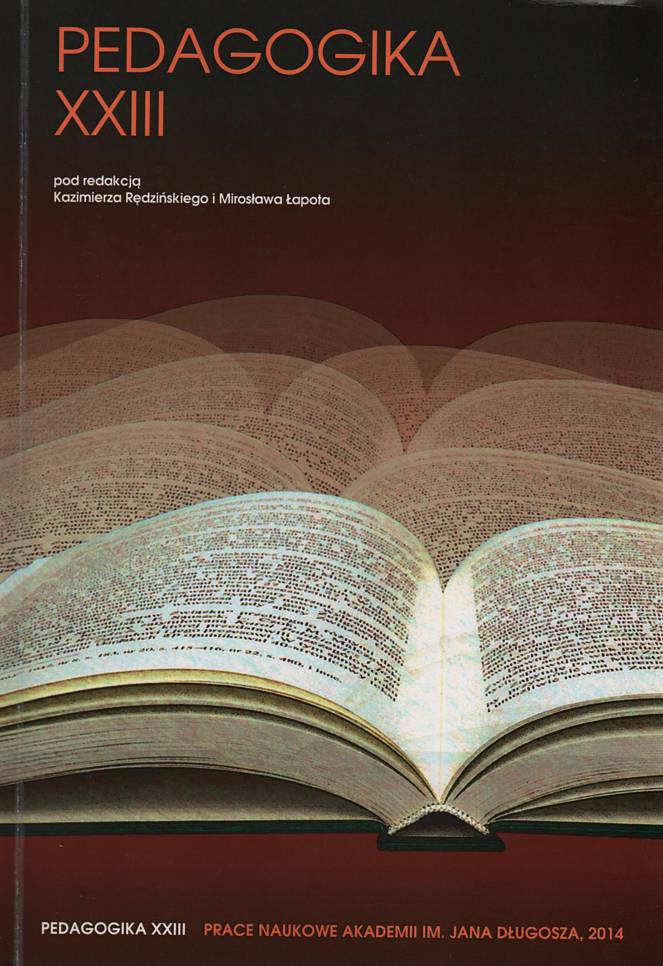
The article deals with issues connected with the shaping of contemporary pedagogic in the area of the EU. These policies is discussed in the context of rapid economic changes which take place to a large degree under the influence of the globalization process. Modern times are also characterized by a large dissonance emerging between the commonly declared slogans such as “human dignity” and “human rights” while the practices in force in many parts of the world greatly differ from these declarations. The logical consequence of the general state of uncertainty in the “rat race” of the developed world is the increased demand for psychotherapeutic services. To a large extent, these services en-able the modern day inhabitant of the developed world to compensate for the loss of family, friends, release the tension from the “fight for places” in society or the denunciation of religious beliefs. There is no shortage of signs of globalization in this case, appearing in the concept of other cultural centres – mainly in Asia. Pedagogy should be based on humanistic values. Hinduism and Buddhism could give our contemporary pedagogic important inspiration.
More...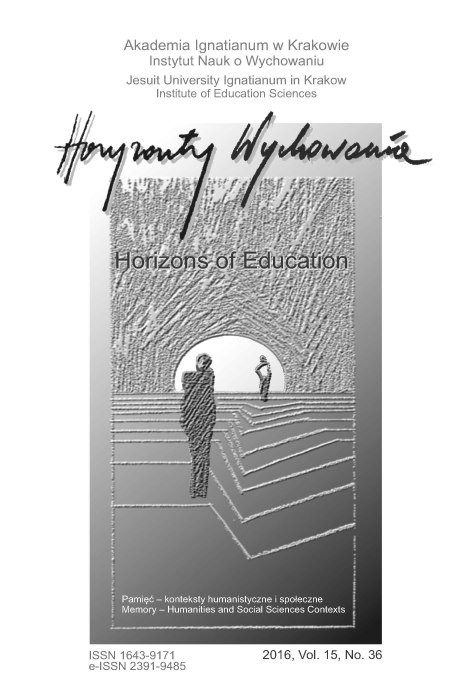
CEL NAUKOWY: Celem niniejszego artykułu jest wykazanie, iż z racji narastającego kryzysu roli i miejsca ojca w rodzinie zostaje zachwiany proces wychowawczy, co powoduje osłabienie podstawowej komórki społecznej, jaką jest rodzina.PROBLEM I METODY BADAWCZE: Problemem badawczym jest historyczno‑fenomenologiczna analiza rozwoju paternalizmu oraz jej doniosłości społecznej. Na tej też podstawie będzie później formułowana ocena obecnego status quo zagadnienia. W pracy zostanie zastosowana metoda analizy krytycznej tekstu i synteza wniosków oraz analiza historyczna i fenomenologiczna pojęć.PROCES WYWODU: Realizacja przedstawionego celu badawczego rozpocznie się od rozważenia etymologii ojcostwa oraz określenia roli ojca w rodzinie i społeczeństwie w starożytności. Następnie przedstawiony zostanie opis funkcjonowania współczesnej rodziny wraz z przyczynami kryzysu ojcostwa, by w ostatnim etapie przejść do konkluzji wypływających z przeprowadzonego namysłu.WYNIKI ANALIZY NAUKOWEJ: Z przeprowadzonej analizy kryzysu ojcostwa dzisiaj wyraźnie wynika, iż zdecydowanie odeszliśmy od normalnej, wiekowej i normatywnej struktury rodziny, doprowadzając do jej osłabienia i zachwiania procesów wychowawczych.WNIOSKI, INNOWACJE, REKOMENDACJE: Pomimo iż współczesny kryzys ojcostwa, i wtórnie również rodziny, ma kompleksowy charakter przyczynowy, to jednak wydaje się, że wiodącymi prym są ideologia liberalizmu i pragmatyzmu wraz z niekorzystnymi zmianami kulturowymi. Biorąc pod uwagę nieodwracalne zmiany społeczno-kulturowe, należałoby poszukiwać powrotu do mądrego zbilansowania roli matki i ojca w rodzinie.
More...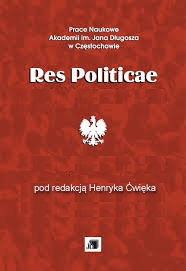
The aim of the article is to show the psychological roots of fundamentalism, which can be found in each type of the phenomenon, as well as analysis of fundamentalism, as a specific configuration of personality traits which can lead every worldview and ideology. Definitional basis for the fundamentalism is the psychological concepts, that relate to personality, cognitive style, refer to the prejudices, as well as to the concept of authoritarian personality and its constitutive characteristics. An author of the article asked about so-called “fundamentalist personality” (D. Motak) based on the diversity of the manifestations of this phenomenon and its correlation with the concepts of authoritarianism (E. Fromm, T.W. Adorno, S. Pfürtner, A. Künzli), dogmatism (M. Rokeach), intolerance and ethnocentrism. It also was taken into account psychological attitudes category (along with its emotional component, cognitive and behavioral), which was basis to presented fundamentalism
More...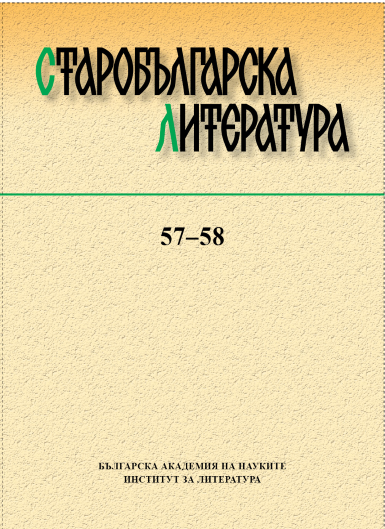
The paper describes briefly the most important orthographic and morphologic features of MS 1039 from the National Library in Sofia, known as Stanislav’s Menologion. The manuscript contains an old hagiographic collection for September, October and the first eleven days of November that could be traced back to the First Bulgarian Kingdom and the rule of Tsar Petar. The codex appeared in a difficult political and cultural situation after the defeat of the Bulgarian Tsar Michael Shishman in 1330, when a part of the Western Bulgarian lands were subjugated to Serbian rule. The author aims to identify the Bulgarian and Serbian features on orthographic, phonetic and morphological levels in order to establish the hypothetical antigraph of the codex, and concludes, on the base of the analysis, that the compilation was copied from a sophisticated Middle Bulgarian manuscript that shared the linguistic and orthographic characteristics of the Tǎrnovo written tradition before Patriarch Euthymius’ reform.
More...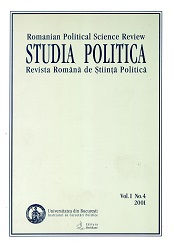
L’étude questionne les permanences de la société politique roumaine. Pour Daniel Barbu, la culture roumaine a repris certaines pratiques et cérémonies, comme |’instrumentaire culturel du Byzance, mais sans emprunter aussi ce qui leur donnait un sens: homoétheia, le mode dont la société byzantine se comprenait et se définissait elle-méme. Les Roumains n’ont pas ainsi developpé, comme corps politique, la conscience de soi des Byzantins, mais se sont manifesté dans un esprit tout a fait contraire au Byzance politique. L’auteur renverse ainsi la perspective inaugurée par l’historien roumain Nicolae lorga - qui parlait d’un «Byzance aprés Byzance» — pour parler d’un «Byzance contre Byzance», vrai modéle de la politique roumaine.
More...
The article is devoted to the consideration of some issues of an interdisciplinary field of knowledge that has emerged relatively recently at the junction of theology and linguistics – theolinguistics. The relevance of the research is determined by the demand for new interdisciplinary scientific developments explaining the mechanisms of explication of religious concepts in linguoculture, representing a comparative picture of the integration of linguistic conceptual and theocentric aspects of the description of different structured languages. The main purpose of the article is to present the experience of reconstructing the religious (Islamic) concept as a value-cognitive and ideological constant on the example of the concept of Haram/ХIарам in Russian and Avar linguistic cultures. At the same time, structural and substantive similarities and differences in the reflection and consolidation of certain religious content in languages are established, which makes it possible to build an adequate invariant model of the concept under study in the context of comparative theolinguistics. Similarities and differences may depend, first of all, on the specifics of a person's religious-linguistic consciousness, his perception of the world; secondly, they may be due to the discourse in which the concept is explicated, and therefore objectification takes place in different pictures of the world (religious, everyday (naive), etc.), cognitive-semantic, communicative-pragmatic and sociolinguistic mechanisms of realization of theological thought and modeling of religious communication in Russian-speaking Islamic discourse. Based on the assertion that common basic religious concepts are found in the national languages of different ethnic groups professing the same confession, it can be suggested that representatives of different ethnic groups find unity in spiritual terms, common in mentality, worldview and world perception; they are united by a single religious language, a single faith and love for a single God. The similarities in the compared linguistic cultures are represented by the conceptual component of the concept of Haram, the differences are determined by the value component and the scale of the semantics of the representative lexemes. The concept frame Haram is a concept with a multilevel structure, which creates, firstly, difficulties in reconstructing the concept, calculating the model of the concept under study, and secondly, difficulties in adequately translating it from Arabic into Russian and Avar languages. The interpretation of religious concepts seems to be a complex and ambiguous process, involving the complex application of linguosemiotic, linguoculturological and theoconceptual approaches in the study of linguistic phenomena.
More...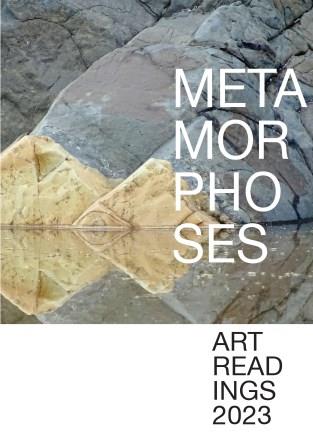
In Art History, the representation of the female figure has an important role, since as early as the prehistoric period and the Venus figurines and is respective to the social and cultural conditions that differ from era to era and place to place. As these data are linked to social stereotypes and the construction of the social gender, the woman as an object of representation is transformed according to her role as a social subject. The artists derive their themes from both myth and reality regarding how the female identity is transformed. This research proposal focuses on a comparative analysis of the works of two contemporary artists who draw their themes from Jewish religious tradition and women’s lives in the Middle East. These are the sculpture Lot’s Wife, by the Greek sculptor Froso Efthymiadi-Menegaki, and the film Turbulent, by the Iranian visual artist Shirin Neshat. The research is based on the theory of social gender, as formulated by the Australian sociologist Raewyn Connell, and the theory of social representations, introduced by the French social psychologist Serge Moscovici.
More...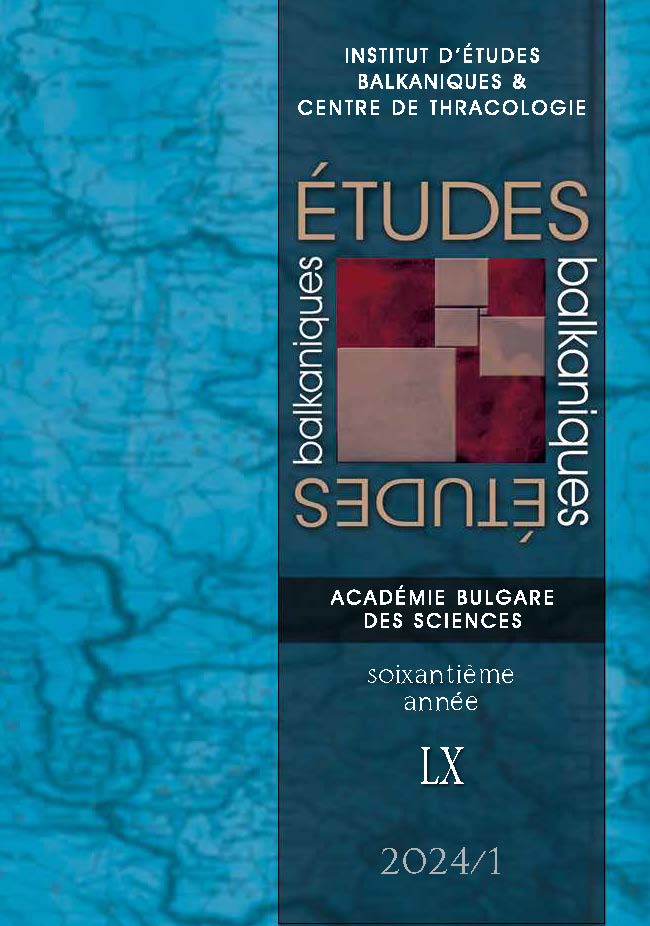
During the Period of Socialism (1944 – 1989) between the Bulgarian and Romanian Orthodox Churches, two key issues were to be resolved: the establishment of the legal status of Bulgarian Church “Sfântul Pantelimon” in Galați and the provision (until construction) of a church for the Bulgarian community in Bucharest, after the confiscation of the Bulgarian School building and the “St. st. Cyril and Methodius” Church as a result of the new Law on Cults adopted in 1948 by the Romanian state. Finding solutions to these questions depends on the ongoing domestic and foreign political changes in Bulgaria and Romania, which have a direct impact on the relations between the Orthodox Churches. Despite numerous meetings and conversations, both at church and state level, the “Sfântul Pantelimon” Church was taken away from the Bulgarian community and Bulgarian orthodox church, and “Sfântul Prooroc Ilie” Church provided for the temporary use of the Bulgarian inhabitants in Bucharest was also taken away in 2009. In this way, the Bulgarian Orthodox Church is left without its representative church in Romania, and the Bulgarians in Romanian capital without their own house of prayer.
More...
The article scrutinizes the content of a chrysobull allegedly promulgated by the Serbian Despot of Serrhai, Jovan Uglješa (1360 – 1371), for the Athonite Monastery of Simonopetra. The original of this act is lost and its only surviving variant is a confirmed copy authenticated by the Constantinopolitan Patriarch Cyril I Loukaris in 1623. The patriarchal confirmative charter offers the reader a text presumably issued by John Uglješa 359 years earlier, i.e. 1264. Starting from this evident discrepancy, the article analyses the text of Loukaris’s corroborated copy and argues which elements of this counterfeit are plausible and could be accepted as genuine and which could not. For better understanding of the Greek original, the full text of Loukaris’s charter is diplomatically published at the end of the article.
More...